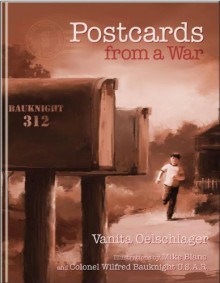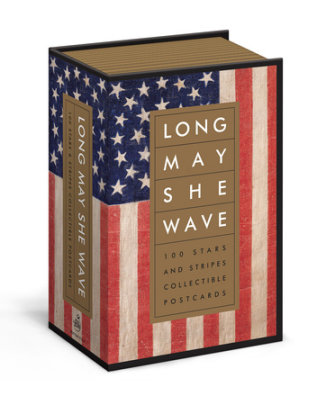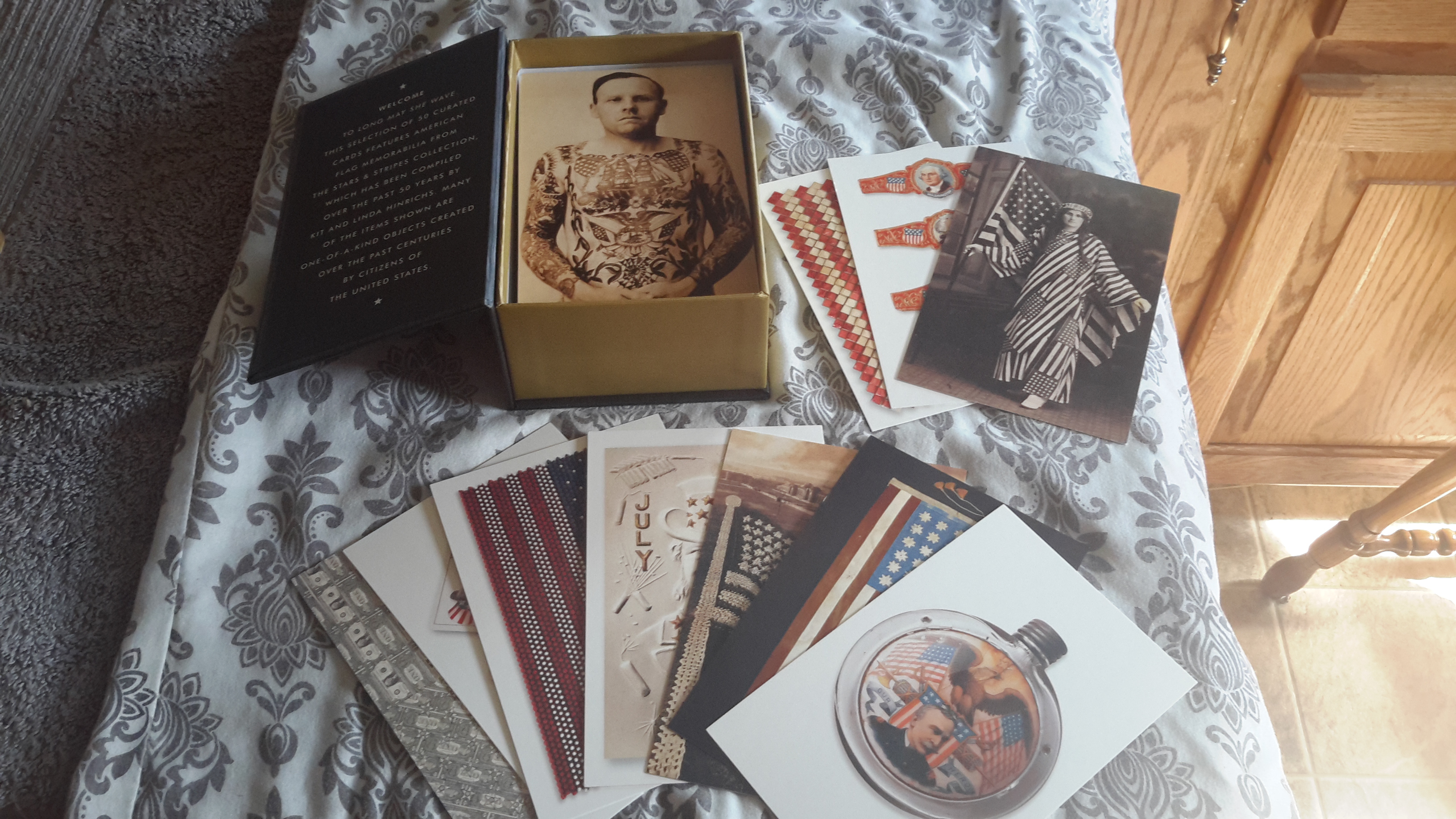
My thanks to Pen & Sword for offering me a copy of this book that I freely (and gladly) chose to review.
I discovered Pen & Sword thanks to a writer I had met through blogging and I am regularly kept informed of their new books through their catalogues. Although I don’t have the time to read as many of them as I would like, when I saw this one, I could not resist.
I am not British but I have lived in the UK for almost twenty-five years now. As luck would have it, my first job in the UK was in Eastbourne, and I spent quite a few years in that part of the UK (working in Eastbourne, Hastings, and later studying at Sussex University and living in Brighton for a while). Although my experiences of the British seaside are fairly recent in comparison to the pictures in this book, I am fascinated by the peculiarities of the British seaside. And, over the years, I have listened to many conversations and stories of childhood holidays and memories of happy times spent at a seaside resort or other. When I saw this book I thought it would be fun, and a perfect way to put images to the stories I had heard and to learn new ones.
Lucinda Gosling, the author, works for the Mary Evans Picture Library (check their website here) and she has done a fantastic job of curating a great variety of images, ranging from personal photographs to postcards and advertisements, from the very late XIX century to the 1960s and 70s. They are mostly in black and white (although there are the odd colour picture and some old hand-coloured ones, some in wonderful sepia, and some colour illustrations) and they go from the funny amateur pic taken at an amusement fair to some truly beautiful professional pictures (like some by Roger Mayne or Shirley Baker).
There is little text, other than an introduction to each part of the book, which is divided thematically into six chapters, and brief notes to identify the pictures (and on some occasions, to add a bit of background). Although concise, the writing is excellent, as it manages to be informative, entertaining, and at times truly humorous. There is a great picture of a man (probably in his early forties, in my opinion pretty formally dressed, although he’s not wearing a jacket, so it’s probably rather informal for the period, as it is dated 1911). The description of the picture is as follows:
A relaxed looking chap sitting outside a tent at the Lucas Holiday Camp in Norbreck, Blackpool, 1911. The camp was a ‘summer holiday camp for young men’ and the location of the holidays taken by the wholesome-sounding ‘Health and Strength League’. It was described as ‘a camp for young men of good moral character who are willing to observe a few simple rules necessary for good order’. (p. 102) Your guess is as good as mine. ;)
The chapters cover: the beach (the increase in popularity of first, sea water, later swimming, and even later, sunbathing and tanning), entertainment (once you had all these people there, you had to keep them entertained, and although some of those complexes have disappeared, we still have Blackpool!), crowds and solitude (the touristic and less touristic places), travel and accommodation (once the railway made travelling easier, people flocked to the coast, but there had always been ways to get there, and people who saw an opportunity to set up bed and breakfast, and, of course, the wonderful Victorian hotels that grace many seaside towns), piers & promenades (I love piers and it was sad to read about how many have disappeared, but a joy to recover pictures of some of them and learn more about their architects), and water (with its fascinating images of the Victorian bathing machines, and the fabulous changes in swimwear).
I am not sure what I could highlight, as I adored (adore, and I’m keeping it for life if I can) this book from beginning to end. I love the pictures of the early seaside tourists, dressed to the nines because it was a day out and you were supposed to wear your best clothes. There is a fabulous pic of a lady riding a tricycle from 1886 (I think it’s the oldest picture in the book), I love the pics of young children, especially those wearing knitted swimming suits. There is also a very touching picture of two young girls holding hands and looking towards the beach, blocked by barb wire during World War II. There are some fabulous images of incredible rides (I’m sure Health and Safety would have a fit), some fascinating pics of beauty contests (oh, how much those vintage swimming suits would fetch today), and much to make think those interested in social history.
I’ve been carrying the book with me and pestering everybody I’ve met, showing them some of my favourite pictures. I even talked about it on the radio programme I host (I know, I know, pictures on the radio…) at a local radio station. Who would I recommend it to? Everybody! For some, it will bring memories, either of things they’ve experienced, or of things they’ve been told, and will help them tell their stories. For others, it will be a compelling slice of social history. If you like the seaside, you must check it out. If you’re interested in social history, you must check it out. If you love pictures and postcards, check it out. If you are intrigued by changes in fashion, transport, entertainment… check it out. If you love donkeys, check it out. Last but not least, if you want me to shut up about it, check it out.

 Log in with Facebook
Log in with Facebook 










